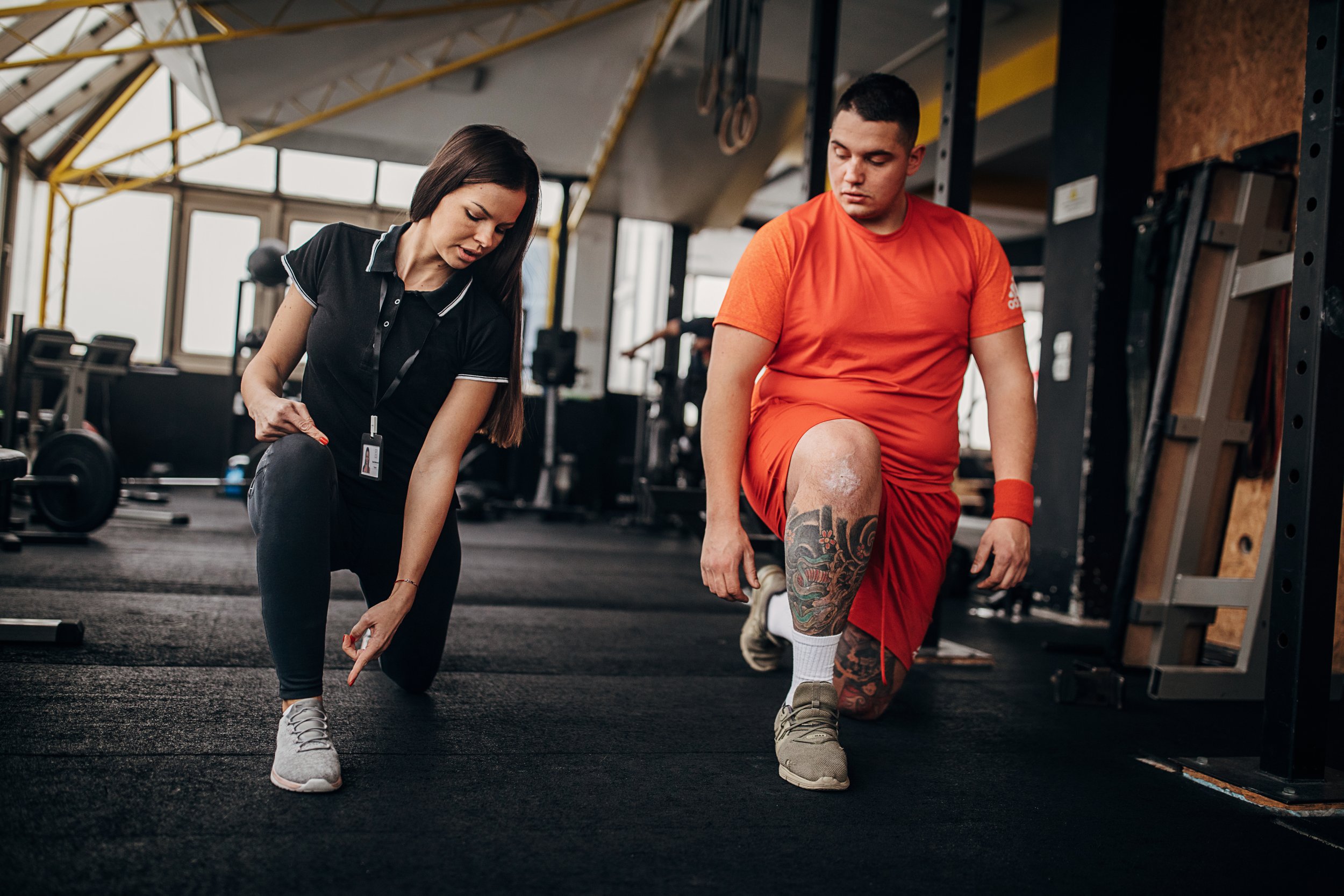
BioMechanical Assessments and Corrective Exercise
The use of biomechanical assessment is essential for detecting possible movement deficiencies resulting from poor posture, while corrective exercise aims to enhance mechanical stress reduction and prevent injuries.
A bio-mechanical assessment analyses human movement patterns to identify motor control, stability, or mobility issues. It examines how joints, muscles, ligaments, and tendons move to pinpoint sources of pain.
The assessment focuses on major joints like the spine, shoulder, hip, knee, ankle, and forefoot, looking at breathing patterns, posture, and dynamic movements.
Corrective exercise is vital in recovering from injuries and enhancing performance by targeting dysfunctional movements and correcting poor posture. It helps individuals rebuild strength, stability, and mobility while promoting proper alignment and mechanics. By implementing corrective exercises diligently, individuals can improve movement patterns, prevent future injuries, and boost physical capabilities.

